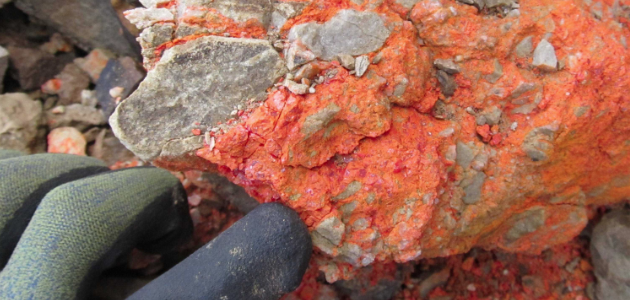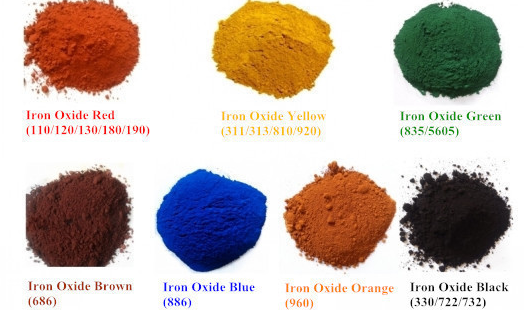Mineral Exploration in Yukon - Past and Present

Yukon is in the north-western corner of Canada between Alaska and the Northwest Territories. The Yukon hosts significant deposits of gold, copper, lead, asbestos, cadmium, zinc, silver, tungsten, coal, nickel, barite, iron ore, molybdenum, platinum group elements and gemstones are to be found in the area, giving a varied and sometimes untapped mineral richness.
Production
High-grade silver-lead veins discovered in the Keno Hill area in 1906 led to the intermittent production silver, lead, zinc and cadmium from underground mines and several open pits between 1921 and 1988.
Placer mining has played a vital role in the Yukon economy for over 100 years. Since 1886, in excess of 20 million crude ounces (600 million grams) of placer gold have been produced in the territory.
Exploration of the Yukon has uncovered over 80 mineral deposits with significant established reserves. 2,700 mineral occurrences have been found on only 3.6 percent of Yukon land that has mining claims. The area is ripe for further mineral exploration.
Gold
Recent exploration for gold in the Yukon is primarily focused on the Tintina Gold Province. The largest district for gold mining is the Tombstone Gold Belt. Deposits of gold are mined at seven large mines with four potential new sites.
Iron oxide-copper-gold

Copper, cobalt, gold, silver, uranium and molybdenum mineralization suggest the potential presence of iron oxide-copper-gold deposits in the Yukon.
Selwyn Basin lead-zinc-silver sedimentary-exhalative (sedex) district
Mining has occurred intermittently since 1969. The Faro district was discovered in 1953 and was the world’s third largest zinc mine during its operation. 67 million tonnes have been sourced over three sites in the Selwyn Basin. The undeveloped Howard’s Pass district has potentially the largest zinc deposit in the world (363 million tonnes).
The Selwyn Basin also contains tungsten, barite, gold, silver, lead, nickel and sulphide deposits.
Tungsten
Yukon and adjacent Northwest Territories has approximately 1 million tonnes or fifteen percent of the world’s reserves of tungsten. Discovered in 1959, the Cantung deposit was the western world’s largest tungsten producer during its operation from 1962 to 1986. The mine was again in production from November 2001 to December 2003 and reopened in 2005.
Finlayson Lake Volcanogenic Massive Sulphide (VMS) District
The potential for VMS copper-lead-zinc-silver-gold deposits in the Finlayson Lake district was first recognized in 1994. Since then, the Wolverine and other deposits have been discovered. Recent geological mapping in this district show at least four discrete areas with the potential to host VMS deposits.
Coal
Some of the largest deposits with great potential are located within the Bonnet Plume Basin of north-eastern Yukon. Coal also occurs in the Whitehorse Trough. Coal deposits also are documented in the south-east Yukon Rock River basin. Exploration has not yet advanced to the point where reserves can be calculated.
Gemstones
Exploration since 1998 has resulted in the discovery of new emerald bearing zones in the Finlayson Lake district. Surface and underground bulk-sampling continue to examine the potential of gem- and near-gem quality emerald production.



